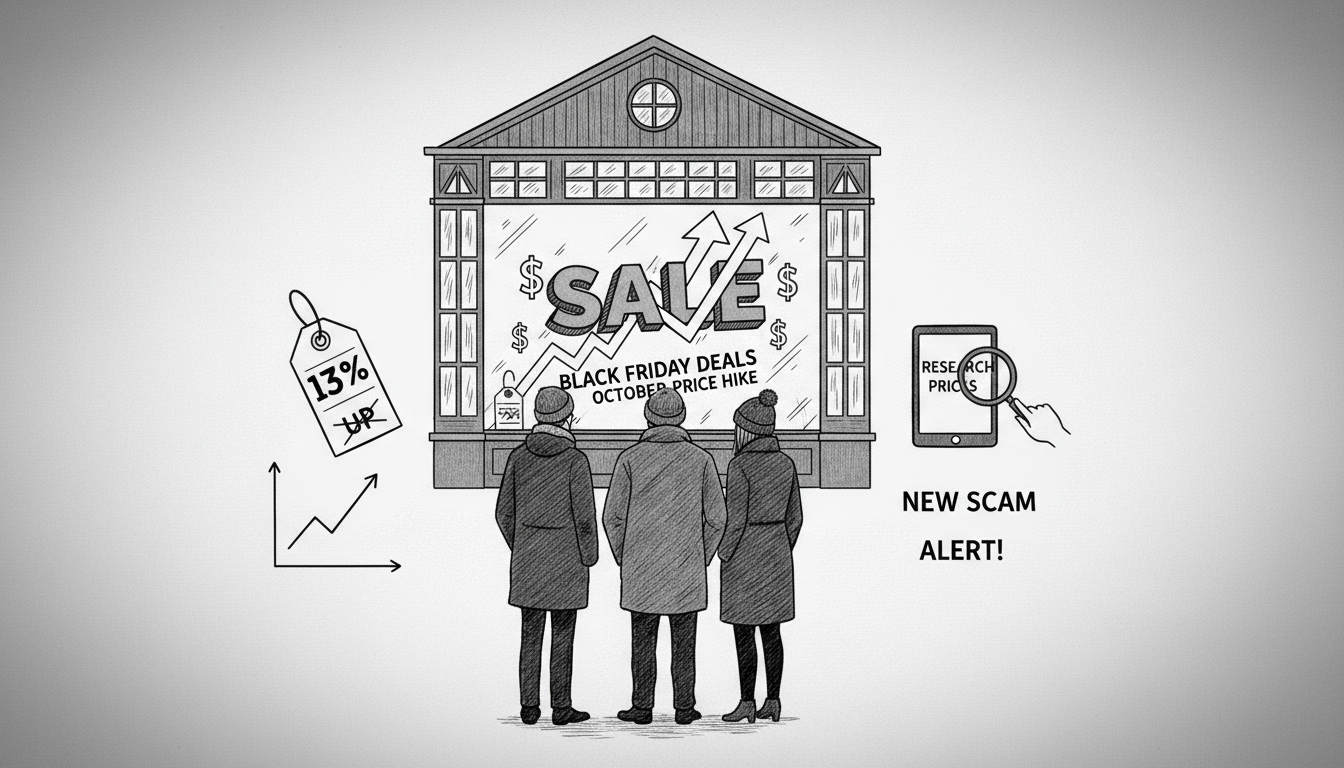Hundreds of thousands of prices in Swedish online stores have already increased ahead of expected Black Friday discounts in late November. Price comparison site Prisjakt analyzed nearly 3 million prices during October. They found 13 percent of online store prices rose more than 10 percent this month.
Consumer expert Isabella Ahmadi from Prisjakt said price increases above ten percent could indicate suspicious activity. Some stores temporarily raise prices before sales periods to make discounts appear larger. This practice is not new.
Sweden updated its price information law in 2022 to combat misleading marketing. Companies must now display the lowest price from the previous 30 days during sales. Last year, four out of ten e-commerce companies violated these regulations according to Sweden's Consumer Authority.
Several online stores developed a new tactic that technically follows the law while still misleading customers. They raise prices earlier in October, making the lowest 30-day price still higher than the actual sale price.
Ahmadi noted the proportion of prices increasing more than 10 percent in October has grown since the law's introduction. She sees this as a new pricing trend where stores raise prices well before major sales events like Black Friday.
Maria Wiezell, consumer expert at independent organization Sveriges Konsumenter, expressed no surprise at the findings. She said the price information law has not worked as intended in recent years. Many companies still fail to display previous lowest prices.
Clothing and footwear show the most dramatic price increases, particularly children's boots, hiking shoes, and jackets. Technology products like televisions, washing machines, and dishwashers also show clear price hikes.
Ahmadi advises consumers to research prices at least six days back, preferably three months. Use price comparison sites and check prices beyond the 30-day window to understand regular pricing. Remember these sites also display ads and don't include all companies.
Consider whether a product's price seems reasonable rather than focusing on discount percentages. An item might appear discounted but cost the same as before. During sales periods, stores use various tactics to encourage unplanned purchases like red tags or "buy three pay for two" offers.
Avoid buying extra items just because they're discounted, as this becomes expensive overall. Black Friday can still offer good deals, but research thoroughly and remain critical to ensure genuine savings.
This pattern shows how consumer protection laws often create new loopholes rather than solving underlying problems. Stores continue finding creative ways to maintain profit margins while appearing compliant with regulations.
